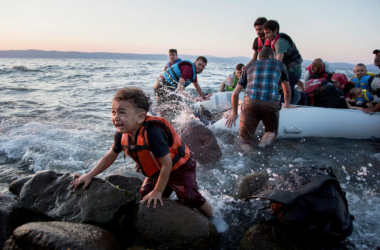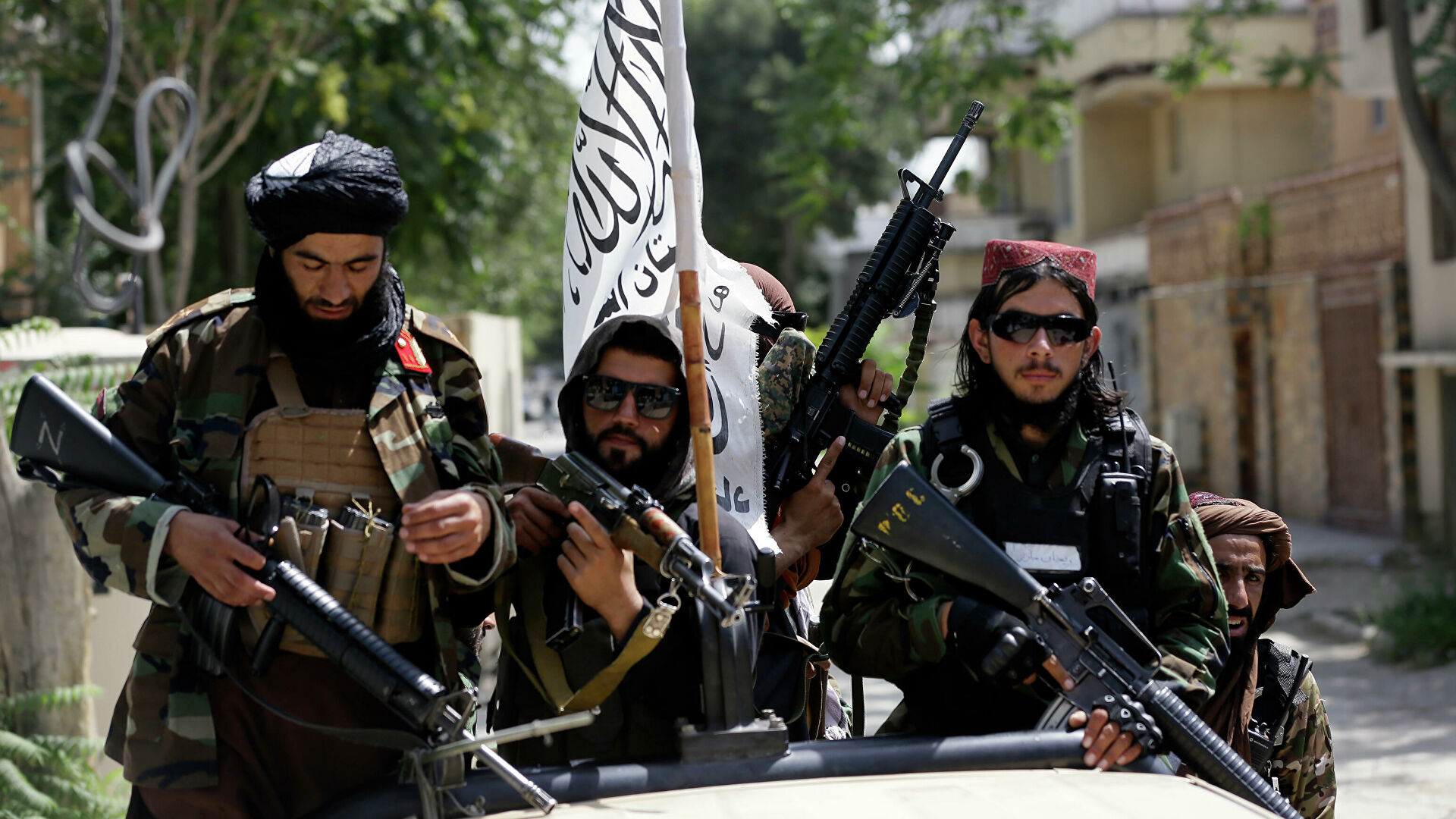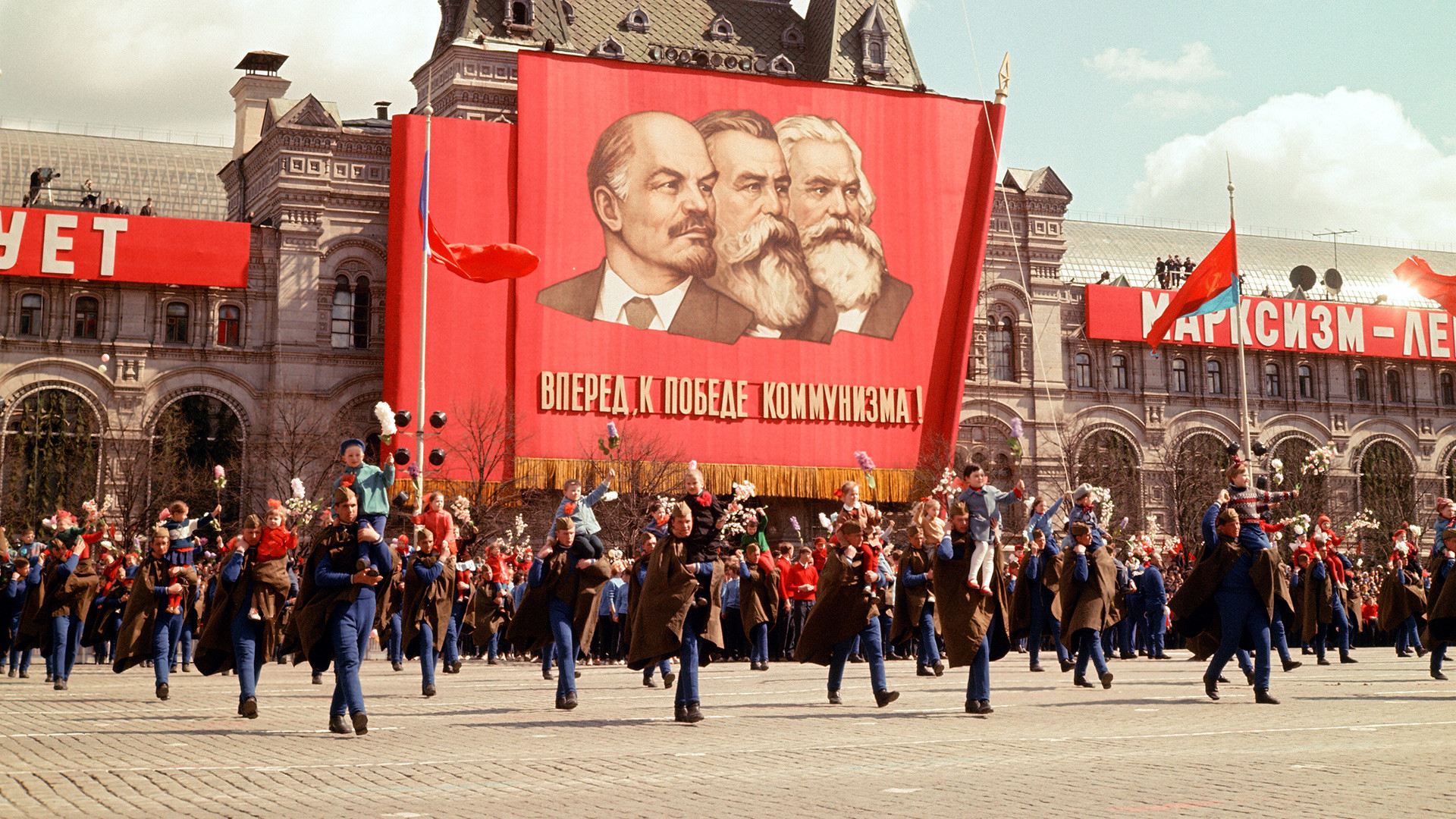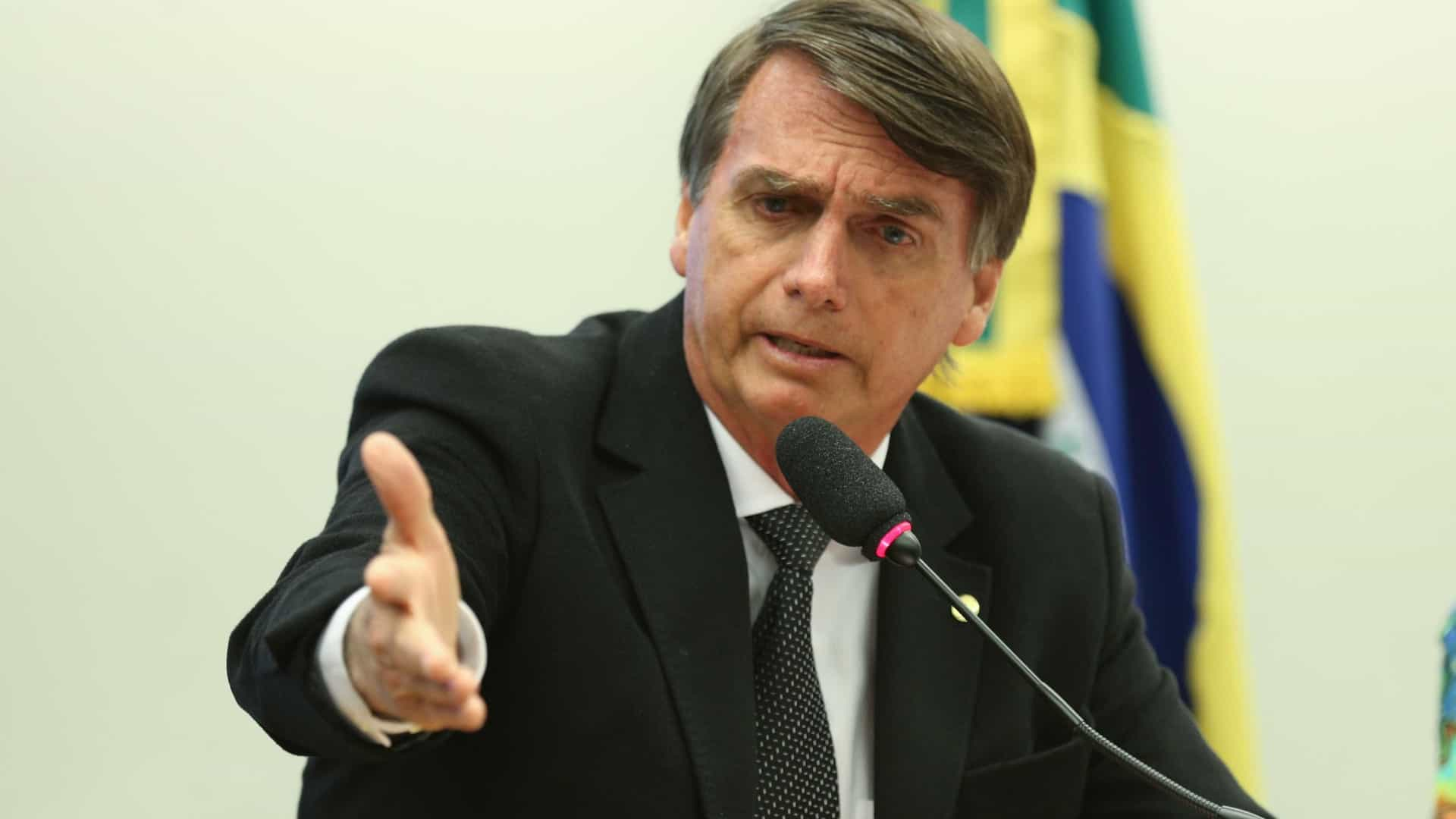ABSTRACT
Throughout Russia’s history, it has had its ups and downs. The turning point of these ups and downs; 1905, 1917, and 1991. In 1905, the first of these given dates, there was a political liberalization. However, Tsarist Russia, which entered an economic stalemate with the unraveling of serfism, got rid of feudalism and adopted the policies of socialism in 1917. However, Russia, which lost to the United States in the Cold War, accepted this defeat and integrated it into the world global system. The element that is to be emphasized in this article is to emphasize the extent to which political transformations affect economic factors.
Keywords: 1917 Bolshevik Revolution, 1905 Revolution, USSR, Russia, Economic liberalization
Introduction
The word revolution basically means defying the current order and changing that order. The biggest revolution in the history of the world, which defines the current order, is the Industrial Revolution economically; socially and politically, it is a French revolution. On the other hand, when the British or American revolutions are also considered, it can be said that social movements with a Western centrist perspective shaped the modern political structure. However, two other important revolutions in world history took place in Russia. One of them was the 1905 Revolution and the other was the Bolshevik Revolution of 1917 (Ozturk, 2017: 11; Agır,2019: 327).
Russia, which did not achieve the success it wanted in the Balkans during the Nicholas II period, pursued an aggressive policy in East Asia in 1904-05. Thus, Russia entered Manchurian and Korea, the territory where Japan could dominate, and entered the struggle with Japan. At first, Japan raided Port Arthur without even declaring war, destroying the Russian navies first in the Pacific Ocean and then in the Baltic Sea. Japan, which also had the most powerful ground forces at the time, also overthinker Russia in its ground communications. As a result of this defeat, things got complicated in Tsarist Russia. For those who opposed the Tsar, this was a very important opportunity. Even moderate opponents hardened their rhetoric against the government in the process. It was a process behind the revolution. But what ignited the 1905 Revolution was the protests of various social groups, ranging from liberal rhetoric to strikes, student, worker, peasant, and military rebellions and terrorist assassinations by dissidents who expressed their displeasure with the Russian social and political system. The process, drafted by the Liberation League, resulted in the massacre of peaceful demonstrators in the square before the Winter Palace in St. Petersburg on Bloody Sunday. The 1905 Russian Revolution was an uprising that was instrumental in persuading Tsar Nicholas II to attempt to transform the Russian government from an autocracy into a constitutional monarchy; on the other hand, it led to the establishment of the Tsarist Duma and multi-party elections. The 1906 Constitution was created. On the other hand, it is a misrepresentation to refer to the 1905 Revolution as a socialist revolution supported by workers and peasants. Because the group that influenced the revolutionary process was not radicals/socialists, but liberals. On the other hand, the fact that it is a “constitutional” monarchy and that multi-party elections are held is an indication of liberalization for the Tsarist (Ozturk, 2017: 12; Britannica, 2021; Acar, 2008; 85-86).
By 1917, it was a new political, social, and economic turning point for Russia. Because with the second revolution in Russia in 1917, the seeds of the Soviet Union of Socialist Republics (USSR), the largest and first Socialist State in the world, were sown, and a movement developed under Lenin’s words “bread, peace, freedom” emerged (Agır, 2019: 329- 330). This revolution, which occurred as a result of the relapse of the 1905 Revolution, began to affect the fate of the whole world in the city of Petersburg. The 1917 Revolution, combined with a 1905-style call for a mass general strike, paralyzed the city by advancing towards the Winter Palace, where tens of thousands of Tsarists were located. As a result of these events, the revolutionaries succeeded in dethroning the Tsar and Tsarist. Bolshevik revolutionaries had a lot of political movements. These are the ones that are going to They were groups such as social democrat Mensheviks that include some liberals, Communist Bolsheviks, Revolutionary Socialists of the Peasant Party, fundamental liberals, Nationalists, Panturanists, Panislâmists, During world war I, only the Bolsheviks promised peace to the desticulated soldiers, while the other parties were determined to continue their war against Germany with their allied states. During the provisional governments of March-September 1917, factionalism emerged among these revolutionary groups, and a marked distinction emerged between the Bolsheviks represented by Lenin and the Mensheviks (minority) represented by Kerenski. Between March and October, the provisional government was revised four times. The first government consisted entirely of liberal ministers, apart from socialist revolutionary Aleksandr F. Kerensky. Subsequent governments were coalitions. However, none of them dealt adequately with the main problems affecting the country: peasant territorial seizures, nationalist independence movements in non-Russian regions, and the collapse of army morale on the frontline. As a result, Lenin’s foresaw a centralized party system and Kerenski’s defense of democracy in Russia through local governments, constituent assembly and social reforms as a moderate socialist-led to a distinction between revolutionaries (Ozturk, 2017:15-17; Britannica, 2020; Ekici, 2017: 267).


The political reason for the 1917 Revolution was that 19th-century Russia could not escape the medieval feudal order despite efforts to “liberalize” it since the 1905 Revolution. When we look at the structure of Russia; There were security forces and bureaucracy such as tsars, landowners, churches, army police, and slaves who were oppressed in society. In this case, the number of the bourgeois in Russian society was very small. Therefore, by 1917, the Russian people, whose demands were not met by the administration, had violently rebelled against the regime. Because problems grew in rural and urban areas in Russia, and the orderly Tsarist regime, which could not adopt the values of the French Revolution, became a threat to both liberal and socialist segments in the city and rural areas. 1904–05 Japanese – Heavy German defeat in the Russian War and then World War I turned the 1905 uprising into the 1917 Revolution. If we look at economic reasons, according to the law adopted in 1892, the society was divided into four classes: aristocratic, clergy, urban people, and peasants. The people of the city were divided into peers, merchants, lower-middle classes, and artisans. One of the most important problems of the Tsarist regime in this social order was agricultural reform, which included the granting of land to the peasants. This land reform, which came out in 1861, eliminated serfism and freed the villagers, as well as prevented the distribution of privately owned land to the villagers. Also, the abolition of serfism in Russia increased the urban population due to migrations from villages to cities in the late 19th century. However, the workforce in Russia increased, bringing with it a working-class that defended their social and economic rights in cities. During these periods, when this situation also led to the beginning of Socialist propaganda in Russia, class conflicts began to emerge there. Because the injustice between rich and poor has increased in Russia during this period. Class conflicts began to emerge during these periods when socialist propaganda also began to emerge in Russia. By 1917, the Russian economy was already in a state as finished as pre-1789 France. Even the tax system was unfair and corrupt. The financing of the 1904-1905 Japanese- Russo War was provided only by melting gold reserves and external debts. The revolution of 1905 was also bloody, suppressed by debts from France. These political conjunctures, economic problems, the bourgeoisie’s lack of demand against the Regime as much as the working class and peasants, and social class conflicts strengthened the Marxism movement in Russia under the influence of Russian intellectuals. However, the fact that it is not ignored here is that while K. Marx, the father of communism, did not envisage a party structure, the Lenin Center envisaged a state structure (Agır, 2019: 330- 333; Akgun& Abbasov, 2020: 2-3; Ekici, 2017: 270-272).
The aim of this study is to make sense of the ideological foundations of the USSR by historically addressing Russia’s transformations and to examine how Soviet Socialist Russia became economically liberalized on a political basis.
1. Economy of Soviet
According to Marx, the development of the historical process is based on the division of labor and property relations. Accordingly, the development of society goes through 5 stages. These are the ones that are going to primitive society, slavery society, feudal society, capitalist society, and communist society which is the final stage. According to Marx, society is now in the stage of capitalist society. Accordingly, society consists of two elements: capitalists and the Proletariat (working class). Capitalists are the ones who produce the Proletariat class but are deprived of ownership of the production tools, while the capitalists create the class that has the most profits in production. In this case, a conflict of interest arises in the society due to the private property factor created by the capitalist society. As a result of this conflict of interest, the proletariat revolution is seen. This revolution is a socialist revolution, and in this revolution, the concept of private property becomes common ownership. Thus, a classless society is formed (Gokdeniz, 2016: 445-446). From this point of view, the Revolution of 1917 is a result of Russia’s political and socio-economic development. Because in 1917, with the Bolshevik Revolution, the first socialist state was established politically and economically. Marxism, which remained in theory until 1917, was put into practice after this revolution (Agır, 2019: 334). One of the economic reasons for the Bolshevik Revolution is the economic crisis caused by the collapse of production with a feudal system. The USSR, which did not achieve pre-revolutionary performance until the late 1920s, achieved post-1930s momentum and even surpassed the world average. The main reason for this is the New Economic Policy implemented by Lenin in 1921 (Russian: Novaya Ekonomiçeskaya Politika Briefly: NEP). In this policy applied; free trade came back, private property reappeared, small businesses were privatized, foreign companies were allowed to invest, and in less than a year the ruble became fully convertible. In this policy applied; free trade came back, private property reappeared, small businesses were privatized, foreign companies were allowed to invest, and in less than a year the ruble became fully convertible. The aim of this economic policy is to reduce the devastating effects of World War I and civil war in a short time and replace it with economic growth. But the lifespan of this policy was seen as a “temporary step backward” in line with its main goals of building a centralized economy as a result of socialist policies. (Harrison, 2017; İnozemtsev. 2021).
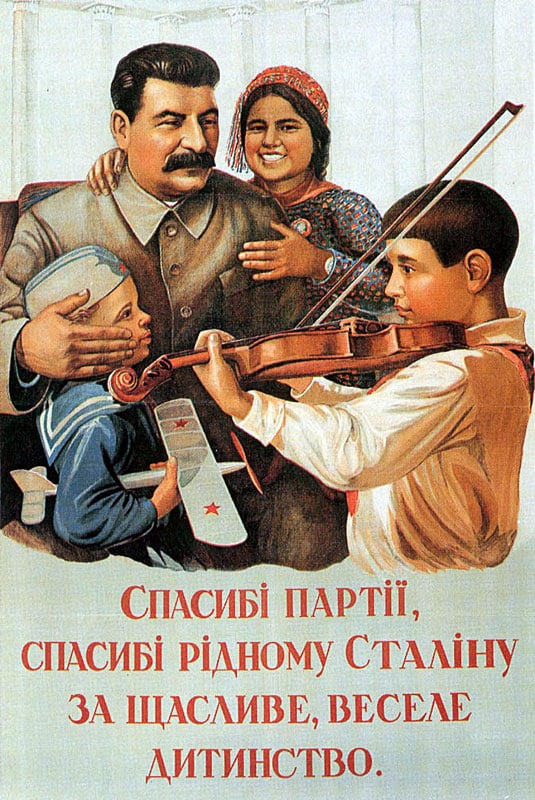

From the 1929 Crisis to the 1950s-60s, many countries from Russia to middle eastern countries made 5-year central plans in their economies, both due to the economic conjuncture and the influence of the USSR. Within this framework, the five-year economic development plan in the USSR was first launched in 1938 under J. Stalin. As a result of this planning, developments in the fields of heavy industry and economy emerged. Within the framework of these objectives, within the scope of this plan; economic development and independence, initiation of the transition to communism, reducing the costs of goods and services, increasing productivity, and regulating markets is aimed. At the end of the first five years, the result of heavy industry was a 12-fold increase in national product based on 1913. In the agricultural sector, modern agriculture was introduced together with the industrial sector. Even productive farmers who did not own land had better living conditions than the revolution. When we examine the USSR’s economy sectoral, the place of agriculture is of great importance. 15% of the workforce is employed in the agricultural sector. According to 1981 data, it is also observed that employees in Kolhoz and Sovhoz produce personal production in the land where they belong. For example, 79% of the livestock sector, especially cattle breeding, takes place in the enterprises of the state, while 21% is grown in private areas. The Soviet Union is also one of the richest countries in the world as an underground resource. It has many types of mines such as stone foundation, oil, natural gas, zinc, iron. The largest proven oil reserves are the Ural region, Baku – Grozny, western Kazakhstan, and Sahalin Island. Natural gas deposits are located in the North Caucasus, Uzbekistan, Turkmenistan, and Siberia. Coal reserves: It is known as Karaganda, Dona, Kuzbas, and Yakutia. The Soviet Union has a history of the heavy industry-based industry. Heavy industry depends on underground resources. The fact that the Union had a long land border and was one of the main actors of the Cold War together with the United States led to the development of the arms industry and the development of the space industry due to its competition with the United States. The emphasis on this type of industry has prevented sufficient attention to small and medium-sized light industries, which is of great importance for human life. In doing so, state intervention was made in the entire supply chain, from the final goods, food, intermediate goods to the soil and labor force. According to Lange who is a Polish economist, this was described as a “war economy”, but according to Western political scientists, it was called a “command economy” (Bulut, 2020: 62-64; Harrison, 2017).
2.Transition to Market Economy and The Pains Of The Transition
The USSR controls vast geography of approximately 23 million square kilometers and a population of approximately 287 million people, from the Pacific Ocean to the Baltic Sea, the Arctic, and the Karakum Desert. Following defense and heavy industry-oriented industrial policies in the 1930s, the Soviet Union became a major power in the industrial sector, achieving a growth rate of 14 percent in GDP. These state institutions had a mechanism to prevent the transition to the capitalist order. As is known, after the Bolshevik Revolution of 1917, various economic, political, social, and legal state institutions based on the “socialist revolution” were established in the USSR. These state institutions had a mechanism to prevent the transition to the capitalist order. However, the perestroika (restructuring) and glasnost (transparency) reforms carried out after M. Gorbachev came to power in 1985 led to the disintegration of the USSR by eliminating state institutions that prevented the transition to capitalism and then accelerated in successive countries. With the dissolution of the USSR, 15 new independent Republics emerged: in Eastern Europe, mainly the Russian Federation; Belarus, Ukraine, and Moldova. In the Baltic States region, Estonia, Latvia, and Lithuania. In the Caucasus region, Azerbaijan, Armenia, and Georgia; Finally, in Central Asia, countries of Turkish ancestry such as Kazakhstan, Turkmenistan, Kyrgyzstan, Uzbekistan and Tajikistan are located. After World War II, the Soviet Union experienced its golden age under the influence of the cold war, improved its relations with the outside world after the 1950s, and became one of the two superpowers. The Soviet nationalization moves strengthened nations other than the Russian nation and raised the awareness of the nation-state. After the 1970s, with the influence of “pax Americana”, the USSR began to collapse and the dissolution of the USSR was inevitable with the failure to modernize politically, economically, and culturally, the decline in production quality, the deterioration of the supply-demand balance and the implementation of the wrong policies in the agricultural sector, causing the technology to lag behind. Therefore, the weakening of the central government has been inevitable (Sancaktar, 2012: 1; Bulut, 2014: 8) .
In this case, in the USSR, where the central authority was shaken by the weakening of the central administration, the process of integration into the capitalist world began and a step towards liberalization was taken. Every country that disintegrated from the USSR experienced political, social and economic liberalization in itself. The transition of the economies of these countries from the control economy to the liberal economy was called “transitional economy” (Ballı& Tekeoğlu, 2013). In the development of the socialist model in the USSR, heavy industrialization and monopolizations were formed under state intervention, and foreign trade was organized not by the market, but by the control of states. In 1991, the last head of state of the USSR, Mikhail Gorbachev, resigned and the USSR was completely overthrown and replaced by the Russian Federation. After 1991, under the leadership of Boris Yeltsin, he tended to liberalize with the proposals of the IMF and other international organizations. Within this framework, four Neoliberal reforms have been determined. These are;
1. Flexing Markets
2. Privatization,
3. Accumulation of capital based on foreign trade
4. Reducing public spending.
As a result of the IMF’s program, inflation immediately rose rapidly to the level of hyperinflation. Because as of January 2, 1992, 90% of consumer prices and 80% of producer prices have been liberalized and state control has been abolished. Inflation rose 250% the next day. At the end of the year, inflation reached 2,000%. As inflation rose, the ruble became devalued and ceased to be a means of storage. When the domain of the devalued ruble became narrower, the trade began to be done in dollars. “Dollar trading” has gone up, and loan sharks and banks have prospered. In short, this enriched a small minority. In addition, benefits, subsidies, and public investments were reduced; many venues such as education, health and museums, and theaters have been privatized. The unions have lost power. In short, socialism was liquidated along with the concept of the Welfare state (Sancaktar, 2012: 2-3; Bulut, 2020b :64). On the other hand, President Yeltsin announced the Neoliberal program “New Economic Order” in 1997. Under this program, defense spending was reduced, the value-added tax was raised, social services and public investments were cut, and every unit of the economy except the housing and telecommunications sectors was liberalized. As a result, a major economic crisis erupted in Russia in 1998 due to the impact of the 1997 Asian Crisis. No taxes were collected to support capital accumulation, and the informal economy was condoned, and the capitalists avoided paying taxes using the means of bribery. Public enterprises, which have not yet been privatized, reduced production and imported goods increased in the domestic market. Thus, when production hit rock bottom, the prices of raw materials and energy sources became cheaper. As a result of the significant reduction in export revenue, money shortages emerged and businesses switched to the clearing method.
| Years/ Data | 1993 | 1995 | 1998 | 2000 |
| Per Capita Income (million $) | 3000 | 2600 | 1882 | 1724 |
| Growth (%) | -%8,7 | -%4,1 | -%4,9 | %8,3 |
| Unemployment (%) | %5,5 | %8,5 | 11,8 | %10,6 |
| Trade Deficit (million $) | +15340 | +20150 | +15700 | +60901 |
| Inflation(%) | 900 | 131 | 27.7 | 20,8 |
As this data shows, the unemployment rate is increasing, and growth rates are negative until 2000 and per capita incomes are also falling. The reason inflation is decreasing is to increase raw material exports (Sancaktar, 2012: 8; Bulut, 2020b:64-65).
Conclusion
Russia’s economy, which often undergoes political transformations, is highly affected by these transformations. The people who rebelled against the TsaristIsm in 1905 suffered a short political liberalization, but they needed the Revolution of 1917 because they could not break away from the feudal order. This revolution was a revolution that brought socialism, unlike liberal revolutions of Western origin, such as the French Revolution of 1789 and the Industrial Revolution. When we look at the structure of this revolution, we see the workers and villagers who migrated from the village to the city, but in fact, the revolution was a baseless revolution. Because there was no equivalent of the bourgeois class in Russia during this period, the country did not fully achieve concepts such as capitalization, freedom, and democracy.
According to the 5 social transformations put forward by K. Marx, Russia’s transition from direct feudalism to socialism, and then the continuation of the liberalization effort of state institutions by continuing the transformation without foundation because of the US Cold War victory, caused both economic and political collapse and some irregularities and corruption within the country.
Prepared by Ilkem Karahüseyinoğlu for The FEAS Journal.
Resources
1. Acar, K. (2008). 1905 Rus Devrimi’nin Genel Bir Değerlendirmesi. Divan: Disiplinlerarası Çalışmalar Dergisi, 79-98. https://dergipark.org.tr/tr/pub/divan/issue/25953/273440
2. Ağır, O. (2019). Dünya Siyasetini Etkileyen Devrimlerin Uluslararası Sonuçları: 1917 Bolşevik Devrimi. Kahramanmaraş Sütçü İmam Üniversitesi Sosyal Bilimler Dergisi, 325-342. https://dergipark.org.tr/tr/pub/ksusbd/issue/44206/530548
3. Akgün, S., & Abbasov, A. (2020). EKİM 1917 BOLŞEVİK İHTİLALİ’Nİ HAZIRLAYAN SÜREÇ VE RUS OLMAYAN AZINLIKLARIN DURUMU. Avrasya Sosyal ve Ekonomi Araştırmaları Dergisi (ASEAD), 1-17. https://dergipark.org.tr/tr/pub/asead/issue/52304/684817
4. Ballı, E., & Tekeoğlu, M. (2013). Geçiş Süreci: Rusya ve Ukrayna Örneği. Uluslararası Avrasya Ekonomileri Konferansı,, 365-371. https://avesis.cu.edu.tr/yayin/be993acf-1cb5-43d4-9f50-a3c0ca83acf5/gecis-sureci-rusya-ve-ukrayna-ornegi
5. Bulut, R. (2014). SSCB’NİN DAĞILMASI VE RUSYA FEDERASYONU’NDA SERBEST PİYASAYA GEÇİŞ. Mehmet Akif Ersoy Üniversitesi İktisadi ve İdari Bilimler Fakültesi Dergisi, 7-19. https://dergipark.org.tr/tr/pub/makuiibf/issue/25142/265484
6. Bulut, R. (2020). Ekim Devriminden Günümüze Rusya’nın Ekonomik Yapısı. Göller Bölgesi Aylık Ekonomi ve Kültür Dergisi, 61-65. http://www.dergiayrinti.com/index.php/ayr/article/view/1420/2504
7. Ekici, Y. (2017). BOLŞEVİK İHTİLÂLİNİN ORTAYA ÇIKMASI VE SEBEPLERİ. Fırat Üniversitesi Sosyal Bilimler Dergisi, 265-275. https://dergipark.org.tr/tr/pub/firatsbed/issue/31617/346466
8. Gökdeniz, K . (2016). EKİM DEVRİMİ’NDEN FEDERASYON’A RUSYA’DA REJİM YAPILANMASI . Elektronik Sosyal Bilimler Dergisi ,440- 462 , 0-0 . DOI: 10.17755/esosder.35851
9. Öztürk, Y. (2017, Ekim-Kasım-Aralık). 1917 Bolşevik Devrimi: Tarihsel Bir Çerçeve. Tezkire, s. 11-24. https://www.idealonline.com.tr/IdealOnline/lookAtPublications/paperDetail.xhtml?uId=60049&
10. Sancaktar, C. (2012). Rusya’da Sosyalizmden Kapitalizme Geçiş (1992-2000): Neoliberalizm, Otoriterizm ve Çevreleşme. Uluslararası Kafkasya Kongresi, 1-37. https://www.researchgate.net/publication/321109168_Rusya’da_Sosyalizmden_Kapitalizme_Gecis_1992-2000_Neoliberalizm_Otoriterizm_ve_Cevrelesme
Online Resources
1. Britannica, T. Editors of Encyclopaedia (2020, October 30). Russian Revolution. Encyclopedia Britannica. https://www.britannica.com/event/Russian-Revolution
2. Britannica, T. Editors of Encyclopaedia (2021, January 15). Russian Revolution of 1905. Encyclopedia Britannica. https://www.britannica.com/event/Russian-Revolution-of-1905
3. Harrison, M. (2017, November 07). The Soviet economy, 1917-1991: Its life and afterlife. Voice of America Europe: https://voxeu.org/article/soviet-economy-1917-1991-its-life-and-afterlife
4. İnozemtsev, V. (2021, March 22). Lenin’in ekonomi reformlarından yüzyıl sonra Putin’in Rusyası’nda çok az şey değişti. İndependent Türkçe: https://www.indyturk.com/node/333221/yazarlar/leninin-ekonomi-reformlar%C4%B1ndan-y%C3%BCzy%C4%B1l-sonra-putinin-rusyas%C4%B1nda-%C3%A7ok-az-%C5%9Fey


